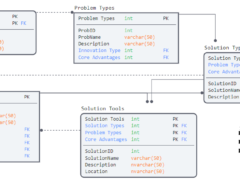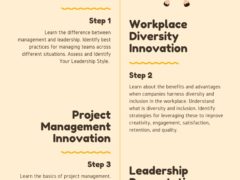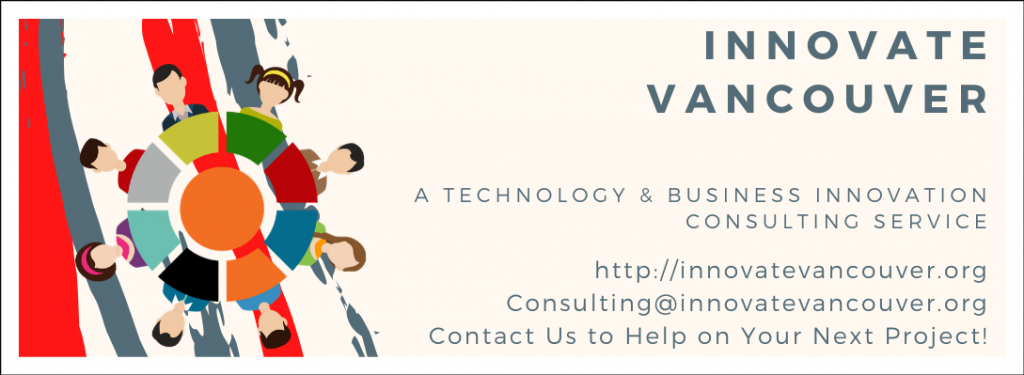Building a culture of innovation capabilities is fickle. It is neither obvious nor deterministic (following a straight path). The process of innovation is not immediately embraced. It is not recognized as valuable in the environments where the ideas are generated. Instead, innovation capabilities face resistance. They are recognized as valuable later. This often happens after competitors take advantage of the missed opportunity.
The Path of Discovery
The route and scope within which requirements are solicited, validated, and confirmed, limit what innovations are considered. They also determine those that are not. Innovation and corporate systems design often follows a path that can be compared to a decision tree.
Features and innovations sets become narrowed as the discovery process matures. Expanded or alternative features and innovation sets are not always illuminated as one option is chosen over that of another. The path most often traveled may lead to deliverables that are sufficient for the short term. However, they may be inadequate to meet the requirements of a future state.
Delivering on a Shared Vision

The challenge for each innovative visionary is how to best champion these new improvements. They must overcome the often social, political, and economic barriers that surface. The challenge for each innovative visionary is how to best champion these new improvements and thereby overcome the often social, political, and economic barriers that surface?
Hierarchies often establish the premise that wisdom generated from above has more value than that generated from below. Leadership models challenge this often held belief by emphasizing team development. Agile models focus on generating insights and identifying opportunities. These opportunities aim to improve performance, from all levels.
Both approaches recognize that wisdom is often generated at the moment the problem is created. Wisdom is less frequently derived from a viewpoint outside the system. Yet both are difficult to implement systematically. They face challenges due to corporate values. These values re-prioritize chain of command, efficiency, cost savings, and information skimming. A culture of innovation driven capabilities is needed.
Identifying Missing Innovation-Delivery Capabilities
Colour coded letters are used below to help compare this section to the following section
- Project “W” schedule has several critical tasks left. The risk of two different critical chains departing from schedule has been identified but ignored.
- Project “T” requirements are only described in broad generic terms. The risk of unclear requirements has been identified earlier but not resolved in time to keep up the project’s momentum.
- Project “I” schedule and roles have only been described in broad generic terms. The risk of these unclear items on the project schedule and quality was identified earlier. It was not resolved in time to adhere to the project’s schedule.
- Project “B” requirements and roles have not been formalized with a project charter. The project scope has expanded over the past two quarters. In the third quarter, the project almost completely stalled.
- (B continued) The risk of working with unclear requirements and roles was identified earlier. The first intervention produced some improvements. Subsequent evaluations discover the result of the one-time intervention was not sustained. The project drifted back into the challenge of scarce resources and commitment.
- Project “P” requirements were established. They quickly changed as the sociopolitical landscape was assessed. The assessment confirmed the weak support for the project. Best practices and standards from within the corporation were identified to reassert momentum but declined. The project goals disappeared completely. The office tried to maintain a semblance of best practices. However, their application continued to be inconsistent.
Prioritizing Innovation Delivery Capabilities
What is considered a disruptive process innovation from one perspective was viewed as a standardized approach from another perspective. The solutions proposed were only innovative in these scenarios because they were yet to be standardized practices.
Identifying Innovation-Delivery Solutions
- Innovative Solution “W”: Respond proactively
- Innovative Solution “T”: Maintain vision
- Innovative Solution “I”: Maintain cohesion
- Innovative Solution “B”: Maintain Focus
- Innovative Solution “P”: Standardize Existing Evidence Based Practices
Innovation includes both improvements in technology and processes. Innovation is often iterative. It builds upon earlier discoveries and lessons. However, it struggles with the leap of faith necessary to depart from earlier paths of reasoning.
Core Capabilities to Deliver on a Shared Vision of Innovation
Existing assumptions and priorities can limit the corporation’s ability to identify, evaluate, and course correct when missteps occur. Previous commitments can stall corporate attempts to change course. They can hinder setting up a culture of innovation. Additionally, they interfere with pursuing incremental improvements.
Innovation Delivery Capabilities: Foundations
- Recognize problems that need to be solved
- Recognize possible solutions to the problem identified
- Test possible solutions until the best answer is discovered
- Objectively evaluate the performance of each solution
- Challenge existing assumptions and commitments
Value Driven Innovation Capabilities
A commitment to building these culture of innovation capabilities is only the first step. Deploying these competencies requires the commitment of leadership to cultivating the best solutions instead of the easiest ones. Often, the path of least resistance is chosen because it is easy to implement. Instead, corporations should choose solutions based on their best systemic fit.
Travis Barker, MPA GCPM
Innovate Vancouver is a Technology and Business Innovation Consulting Service (TBICS) located in Vancouver, BC. Contact Innovate Vancouver to help with your new project.




